I don’t list my top ten films of the year. Instead, I list my top 12 best moving-going experiences. The quality of the film itself is only one part of the equation. I also consider the projection, any discussion before or after the movie, and the enthusiasm of the audience.
And that audience had to be a paying audience. I’m not listing Dolby’s special screening of The Martian, or my favorite film of the year, Moonlight, because I saw both of them at invite-only press screenings. Nor can I include Margarita with a Straw or The Brand New Testament; I loved both films, but I screened them at home for review before their theatrical releases.
But these 12 wonderful experiences do qualify.
12: Great Shakespeare adaptations digitally restored
Pacific Film Archive
4K DCPs

On one glorious day, the PFA screened two unusual Shakespeare adaptations, both of which are great films in their own right. Orson Welles boiled Henry IV, Part 1 and Part 2, with a smattering of dialog from Richard II, Henry V, and The Merry Wives of Winsor, to make the brilliant Chimes at Midnight. Akira Kurosawa rethought King Lear into his last masterpiece, a Japanese fable called Ran. The digital restorations bring both of these films to life – especially Chimes, which until now had never been screened as Welles intended.
11: The Long Voyage Home
Pacific Film Archive
New 35mm preservation print
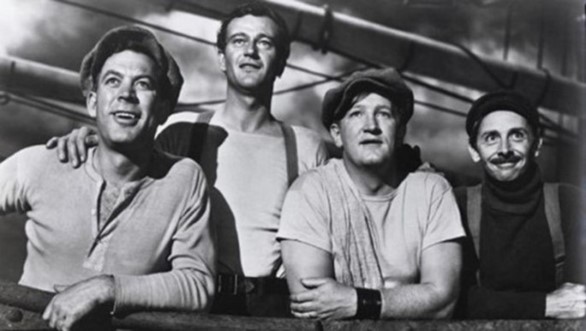
John Ford, at the peak of his powers, turned four plays by Eugene O’Neill into one coherent story about merchant marines (screenwriter Dudley Nichols and cinematographer Gregg Toland helped a lot, of course). The sailors talk about giving up the sea, but they never do. UCLA recently created a new preservation negative; the print I saw – struck from that negative – was a thing of beauty.
10: Diani and Devine Meet the Apocalypse
Lark
Mill Valley Film Festival
DCP

There’s something special – and sad – about seeing a really good movie that will probably never get released. Stand-up team Gabriel Diani and Etta Devine play themselves in this utterly absurd dark comedy that they also wrote and directed. After civilization collapses, they go off into the desert, and soon realize that working nightclubs didn’t provide the right survival skills. It’s a very funny film, with cannibals, violent hippies, Mad Max types, and song and dance. After the film, Diani proved his improv skills in a funny Q&A session with the audience.
9: The Hateful Eight in 70mm
Grand Lake
70mm
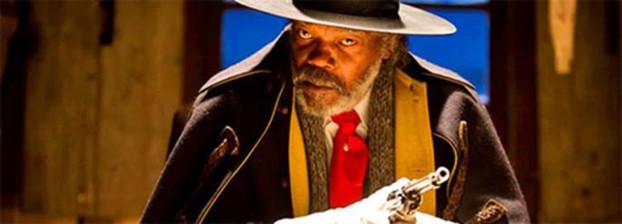
Quentin Tarantino recreated the big-budget roadshow movies of my youth, shooting The Hateful Eight in the large and super-wide Ultra Panavision 70 format (the first film shot that way in almost 50 years). Then, if you wanted to see the whole movie – including overture and intermission – you had to see it in a theater screening it in that long-forgotten format. The story had its problems, but The Hateful Eight is the best argument I’ve yet seen for sticking with physical film.
8: Trains on Film
Rafael
35mm & DCP

Film historian David Thomson and poet/novelist Michael Ondaatje took over the Rafael’s main theater for a three-day festival about the mixture of cinema and locomotives. I attended Saturday, and caught a gorgeous print of Shanghai Express, a beautiful, digital presentation of The Lady Vanishes, and a stunning, mouth-watering studio print of Runaway Train. Each movie was preceded by clips from other films, and followed by a discussion with Thomson and Ondaatje.
7: Blood Simple & Criterion
Castro
San Francisco International Film Festival
DCP
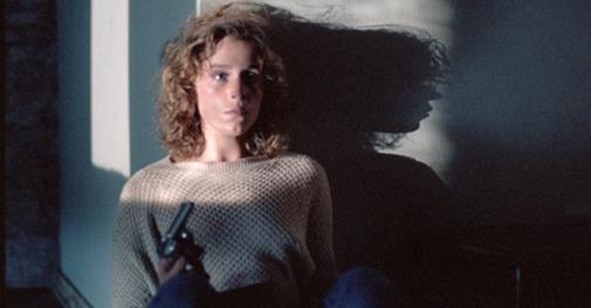
The SFIFF celebrated Janus Films and the Criterion Collection with two panel discussions and a screening of the Coen Brothers’ Blood Simple. The event started with film critic Scott Foundas interviewing Criterion’s Jonathan Turell and and Janus’ Peter Becker. Then they screened Blood Simple, newly restored by the two often-collaborating companies. Then the Coen Brothers and cinematographer Barry Sonnenfeld (now a director) came on stage for another panel discussion. Great movie, and great talk, as well.
6: Singin’ in the Rain
Pacific Film Archive
DCP
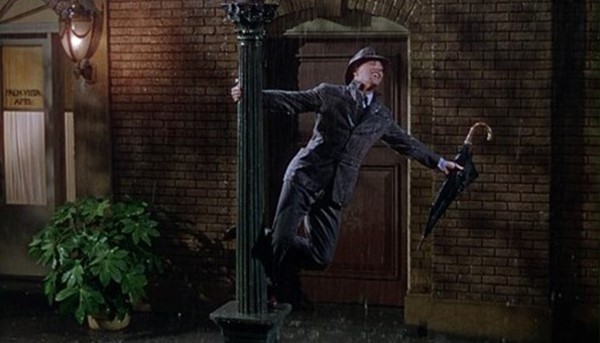
My favorite musical contains several of the best dance routines in film history. And when no one is singing or dancing, it’s one of the funniest comedies of the 1950s. I doubt there’s a better piece of pure entertainment. The DCP’s image quality was decent, but I’ve seen better; and the audio was a relatively new 5.1 mix rather than the original mono. But the audience response, with laughter and applause (and one little kid’s “Yeww!” at a kiss), reminded me just how wonderful Singin’ works theatrically.
5: Diary of a Lost Girl
New Mission
Blu-ray
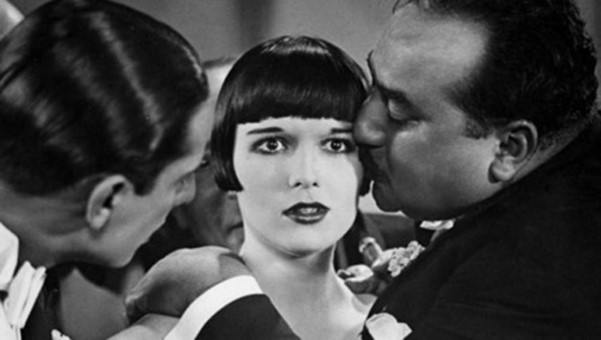
G.W. Pabst made Diary of a Lost Girl in 1929, but its story of sexual hypocrisy seems very appropriate today. Men use attractive women, worship them, then toss them to the curb. And only the women are punished for what the men do to them. Louise Brooks, always brilliant and beautiful, plays a rape victim thrown out by her family and forced to make her own way. The New Mission’s beautiful Theater 1 provided a great venue, and The Musical Art Quintet combined classical music and jazz to carry the emotions and enhance the occasional humor. A presentation from the San Francisco Silent Film Festival.
4: Sloan Science in Cinema Prize & Hidden Figures
Castro
DCP
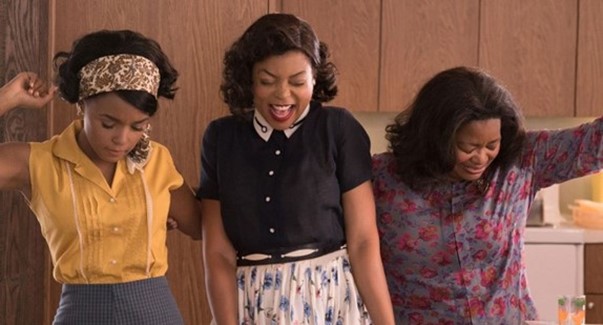
A week before the film opened in theaters, the Sloan Foundation and the San Francisco Film Society provided a special screening before one of the most enthusiastic audiences I’ve experienced. People laughed, cheered, and joyfully applauded, and always at the right times, as we learned about the brilliant African-American women who made the space program possible. After the movie, director/co-writer Theodore Melfi, star Octavia Spencer, and NASA engineer Tracy Drain joined SFFS’ Noah Cowan for an interesting and informative Q&A session. Read my review of the film.
3: Do the Right Thing
Pacific Film Archive
35mm
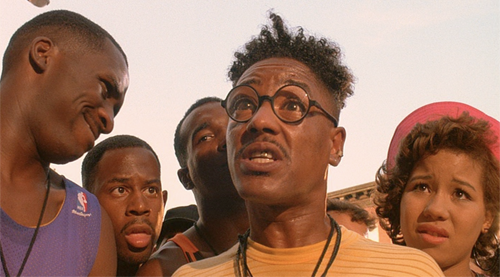
For a 27-year-old film, Do the Right Thing feels very much like the here and now. By focusing on a few blocks of Brooklyn over the course of one very hot day, Lee dramatizes and analyzes everything wrong (and a few things right) about race relationships in America. And yet the movie is touching, funny, warm-hearted, and humane. It’s beautifully written, acted, photographed, paced, and edited. The blazingly glorious 35mm print was a revelation, and the PFA’s Meyer sound system found new strength in the original Dolby Stereo Spectral Recording soundtrack.
2: Sonita
New Mission
San Francisco International Film Festival
DCP

This may be the best documentary I’ve seen since Hoop Dreams, and I’m terribly disappointed that it hasn’t yet found an American distributor. Sonita examines a teenage refugee from Afghanistan living in Iran. She wants to be a rapper, and has the talent and determination to succeed. But her mother wants to sell her to a potential husband back home in Afghanistan. A moving, suspenseful true story about one amazing person trapped by tradition. After the film, director Rokhsareh Ghaem Maghami answered questions after the screening. Perhaps one day you’ll get to see it (I’ve got a full review on hold), but in the meantime, you can enjoy Sonita’s powerful video.
1: The Italian Straw Hat
Castro
San Francisco Silent Film Festival
35mm
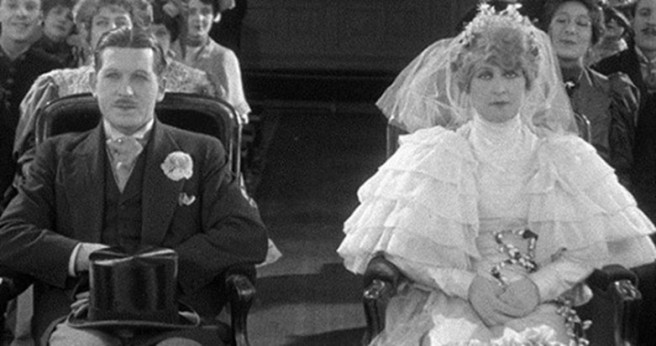
I’ve known about this French silent comedy for years, and when I finally got to see it, I wasn’t disappointed. A man on his way to be married runs into trouble when his horse eats a woman’s hat. If she comes home without her hat, her husband will figure out that she has a lover. And that lover is a short-tempered army officer who insists that our hero find an identical hat immediately. The story is ridiculous, but who cares when the movie is this funny. The laughing audience and the live accompaniment by the Guenter Buchwald Ensemble kept the energy flowing.
